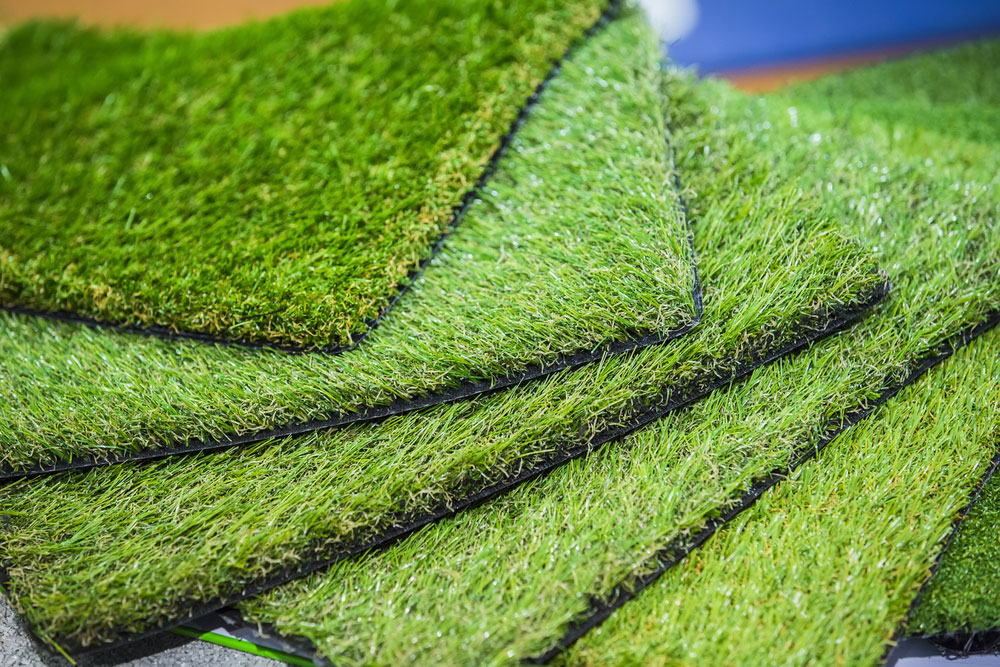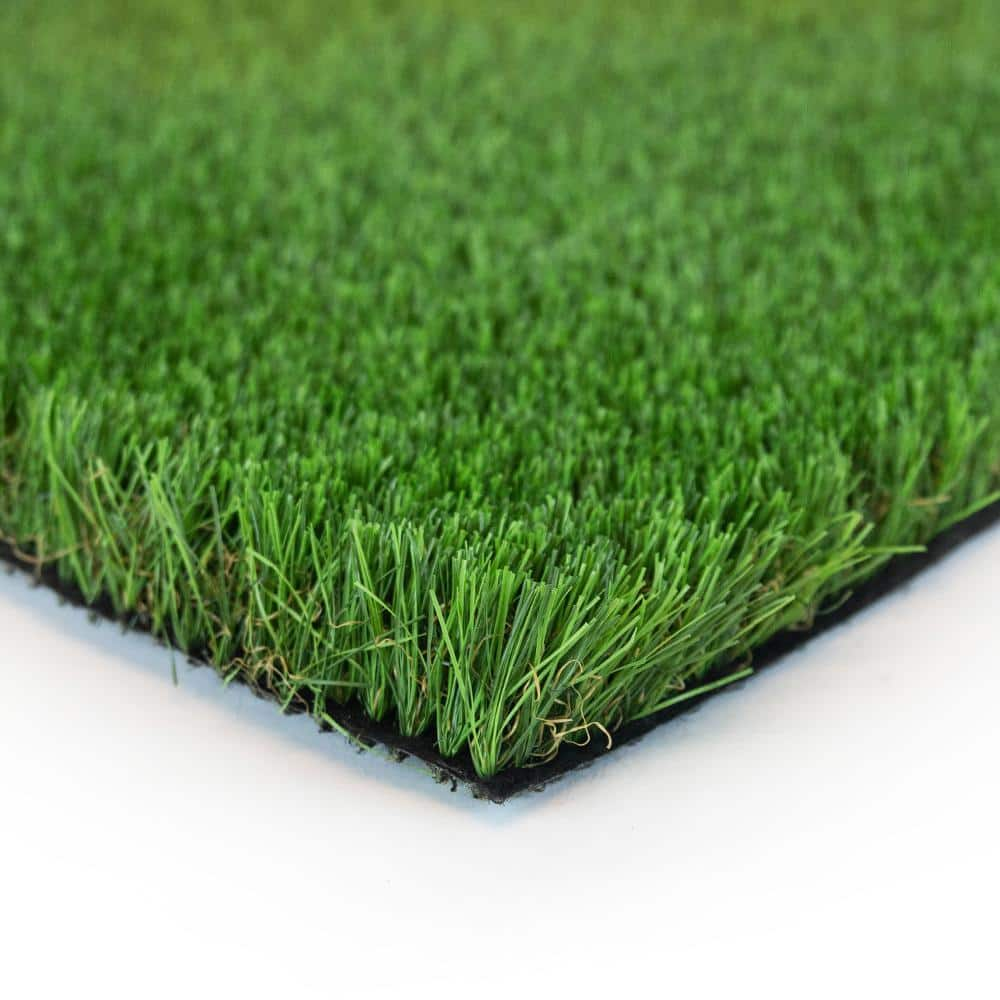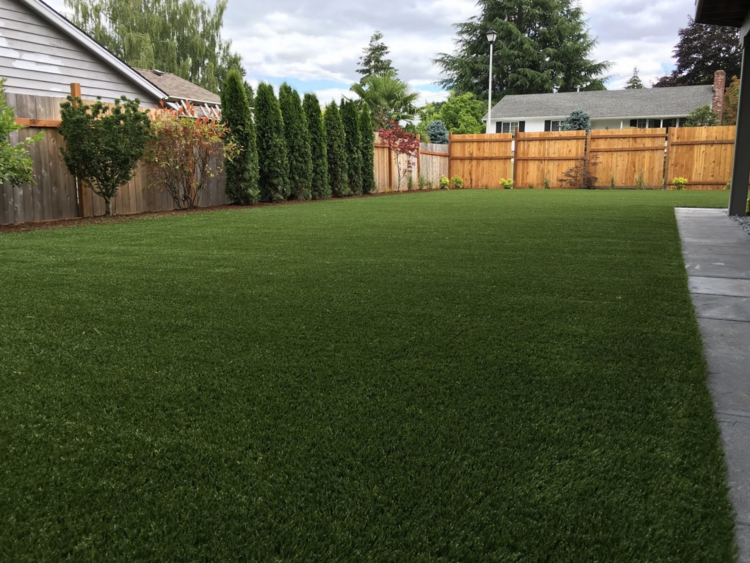Get the Leading Turf Installation Phoenix AZ Services for Your House or Business
Get the Leading Turf Installation Phoenix AZ Services for Your House or Business
Blog Article
Delve Into the Environmental Benefits of Opting for Synthetic Grass Solutions
The adoption of artificial lawn options presents an engaging chance to address pushing environmental challenges. By considerably lowering water use and minimizing the application of hazardous chemicals, these options not just promote lasting landscape design yet also safeguard regional ecological communities. The lower carbon footprint connected with decreased upkeep activities adds to a much more lasting method to land monitoring. The ramifications of these advantages extend past mere conservation efforts, elevating inquiries regarding their long-term impact on habitat conservation and overall ecological balance. Checking out these dimensions exposes an intricate interplay worth taking into consideration.
Water Preservation Benefits
One of the most substantial advantages of man-made lawn is its ability to save water. Typical lawn yards require significant irrigation, specifically in locations prone to dry spell or water constraints. In contrast, synthetic grass does not need watering, dramatically lowering the general demand for water resources. This attribute is especially advantageous in arid areas where water scarcity is a pressing worry.
By getting rid of the need for regular watering, synthetic grass adds to lasting landscape practices and assists minimize the ecological impact of extreme water usage. The conservation of water expands to the reduction of overflow, which can lead to soil erosion and river contamination.
In addition, the installation of man-made turf allows towns and house owners to designate water resources much more effectively, concentrating on vital usages such as alcohol consumption water and agriculture. The shift towards fabricated grass not just promotes responsible water usage yet additionally lines up with broader ecological objectives targeted at protecting natural deposits.
As communities progressively prioritize sustainability, the water preservation benefits of synthetic grass present a compelling situation for its fostering in property and industrial landscape design jobs.
Lowered Chemical Use
The shift to man-made lawn significantly lowers the dependence on chemical therapies frequently utilized in all-natural turf maintenance. Traditional grass monitoring generally entails the application of fertilizers, herbicides, and pesticides to promote development and control bugs. These chemicals can pose risks to human health, neighborhood wildlife, and the atmosphere, contributing to soil and water contamination.
In contrast, synthetic grass gets rid of the need for these unsafe substances. Once mounted, it requires marginal maintenance, primarily containing normal cleansing and seldom infill replenishment. This decrease in chemical usage not just benefits the prompt setting but likewise adds to wider ecological security. By reducing the launch of synthetic substances right into the ecological community, synthetic grass advertises much healthier dirt and water supply.
Additionally, the absence of chemical overflow linked with synthetic lawn installations assists shield regional rivers from pollution, supporting water life and keeping biodiversity. Artificial turf companies phoenix. As neighborhoods significantly prioritize sustainable methods, choosing synthetic grass offers a viable service that lines up with ecological preservation goals. With this shift, homeowner can enjoy lush eco-friendly rooms without endangering ecological health, leading the way for a much more sustainable future
Lower Carbon Impact

Moreover, the installment of synthetic grass can lead to substantial water preservation. All-natural lawns require considerable amounts of water for irrigation, which not only includes in the carbon impact related to water removal and therapy yet additionally strains local water resources. On the other hand, synthetic grass needs minimal maintenance, requiring no watering, thus substantially minimizing water usage and its connected energy expenses.
Furthermore, the durability of synthetic grass contributes to its lower carbon influence. With a lifespan of up to 15 years or even more, the demand for regular replacements is decreased, resulting in less waste and reduced power usage in manufacturing and throwing away standard turf alternatives. Overall, artificial lawn provides a sustainable option for eco mindful landscaping.
Environment Conservation
Habitat conservation is an important consideration in the debate over landscape design options, particularly when contrasting synthetic turf to all-natural turf. All-natural lawn lawns often call for considerable maintenance, consisting of making use of pesticides, useful content plant foods, and herbicides, which can detrimentally influence regional environments. These chemicals can leach right into the soil and rivers, harming indigenous flora and fauna and disrupting regional environments.
In contrast, synthetic grass offers an opportunity to lower the ecological impact of landscape design. By selecting artificial grass, homeowners can reduce the disturbance of natural habitats linked with traditional yard treatment techniques. Synthetic grass removes the need for dangerous chemicals, thereby safeguarding neighboring wild animals and maintaining the stability of bordering ecosystems. Additionally, the installment of synthetic grass can result in the conversion of former lawn locations right into even more biodiverse landscapes, such as pollinator gardens or native plant areas, which can support regional wildlife.
Inevitably, the shift to fabricated grass not only saves water and decreases maintenance initiatives yet likewise fosters a more unified connection between human activities and the all-natural setting, advertising habitat preservation while doing so.
Long-Term Sustainability
Long-lasting sustainability is a critical consider examining the advantages of artificial lawn over standard turf yards. Among the most substantial benefits of synthetic grass is its toughness; it can last as much as 15-20 years with marginal upkeep, whereas natural yard needs constant reseeding and replacement. This longevity minimizes the need for consistent resources, such as water, plant foods, and pesticides, which are crucial for preserving a healthy and balanced turf lawn.
In addition, synthetic lawn adds to a decrease in carbon discharges linked with yard treatment tools. Standard yards frequently call for gas-powered mowers, trimmers, and blowers, all of which add to air contamination. Arizona turf. In contrast, synthetic grass removes the need for such devices, advertising a cleaner environment
Additionally, the manufacturing of artificial grass significantly utilizes recycled materials, boosting its sustainability account. As producers embrace eco-friendly methods, the ecological impact of synthetic grass continues to lessen.

Final Thought
The fostering of synthetic grass remedies provides significant ecological advantages, consisting of substantial water preservation, decreased dependence on dangerous chemicals, and a lower carbon impact. Synthetic turf aids in maintaining natural environments by decreasing land disruption and advertising long-lasting sustainability with the usage of durable materials. Collectively, these factors highlight the possibility of synthetic grass to add favorably to ecological health and wellness and provide a feasible alternative to traditional landscaping techniques in an increasingly resource-conscious globe.
In comparison, synthetic check it out grass does not need watering, substantially decreasing the total demand for water sources. By decreasing the launch of artificial substances right into the ecological community, artificial lawn advertises healthier dirt and water systems.
Additionally, the setup of synthetic lawn can result in considerable water preservation. In contrast, fabricated grass requires marginal maintenance, calling for no watering, thereby significantly minimizing water use and its connected power expenses.

Report this page